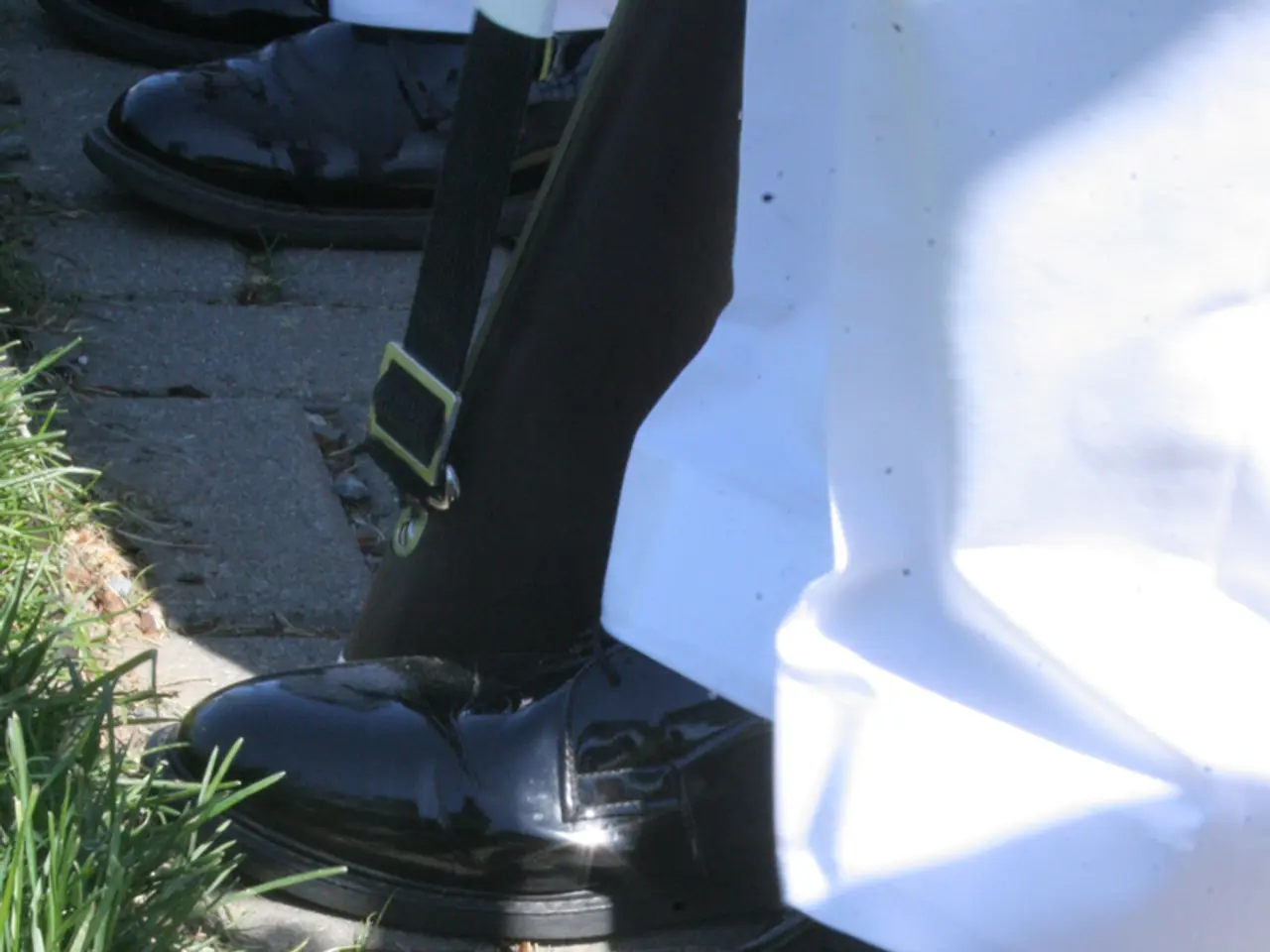Benefits of Running Barefoot and Guidelines for Beginners
Walking barefoot, a practice that has gained popularity in recent years, can offer numerous benefits for our health and well-being. Whether you reside in a home with tiles, hardwood, or carpet, these surfaces may not provide enough stimulation for the soles of our feet, as suggested by various experts.
According to podiatrist Tatjana Pfersich, walking barefoot indoors does not offer enough stimulation for our feet. However, this doesn't mean we should shy away from going barefoot altogether. Barefoot walking can be incorporated into daily life by scheduling time for barefoot walks, visiting barefoot trails or parks, or wearing barefoot shoes with very thin and flexible soles.
One of the key benefits of barefoot walking is improved posture and spinal alignment. Barefoot walking encourages a natural gait that reduces strain on the spine and joints, promoting better body alignment. This, in turn, can lead to reduced back pain and joint stress.
Another benefit is strengthened foot muscles. Activating more muscles in the feet helps build stronger arches and ankles, which supports overall foot health and stability. Barefoot walking also enhances balance and proprioception, improving body awareness and reducing the risk of falls.
Going barefoot outdoors comes with its own set of considerations. Orthopedic surgeon Thomas Schneider from the Gundelfingen joint clinic states that going barefoot allows the soles of the feet to experience different sensations, which can contribute to better body awareness and often improved posture. However, there is a risk of injury when walking barefoot outdoors, as sharp objects like glass shards can easily penetrate the soles of the feet.
To safely incorporate barefoot walking outdoors, it's recommended to start gradually, only walking barefoot and without socks on soft surfaces for about five minutes. It's also crucial to inspect your walking area for sharp objects, stones, glass, shells, or uneven ground that might cause injury.
For healthy feet, going barefoot is no problem. However, those with foot deformities or conditions like flat feet, bunions, or knock knees should consult a doctor before starting. It's also important to note that if calluses become too thick, they need to be removed to prevent open wounds or cracks, especially in diabetics.
Incorporating barefoot walking into daily life offers multiple benefits, including improved posture, spine alignment, and reduced joint impact, as well as stronger foot muscles and better balance through enhanced sensory feedback. It also fosters a deeper connection with nature, promoting relaxation and mental clarity.
For those interested in exploring barefoot trails and parks, an online portal called "barfusspark.info" provides valuable information. By adopting a careful, mindful approach, we can maximize the benefits of barefoot walking while minimizing risks, enabling us to safely enjoy its positive effects on foot health, body alignment, and overall well-being.
Read also:
- Chest Pain Caused by Compressed Nerves: A Possibility Explored
- Weight and Plumpness: Exploring Health Consequences and Understandings
- Expectant mother resorts to marijuana for relieving morning sickness; state authorities deem her a child abuser.
- Research indicates a potential optimal diet for promoting healthy aging over a 30-year span






